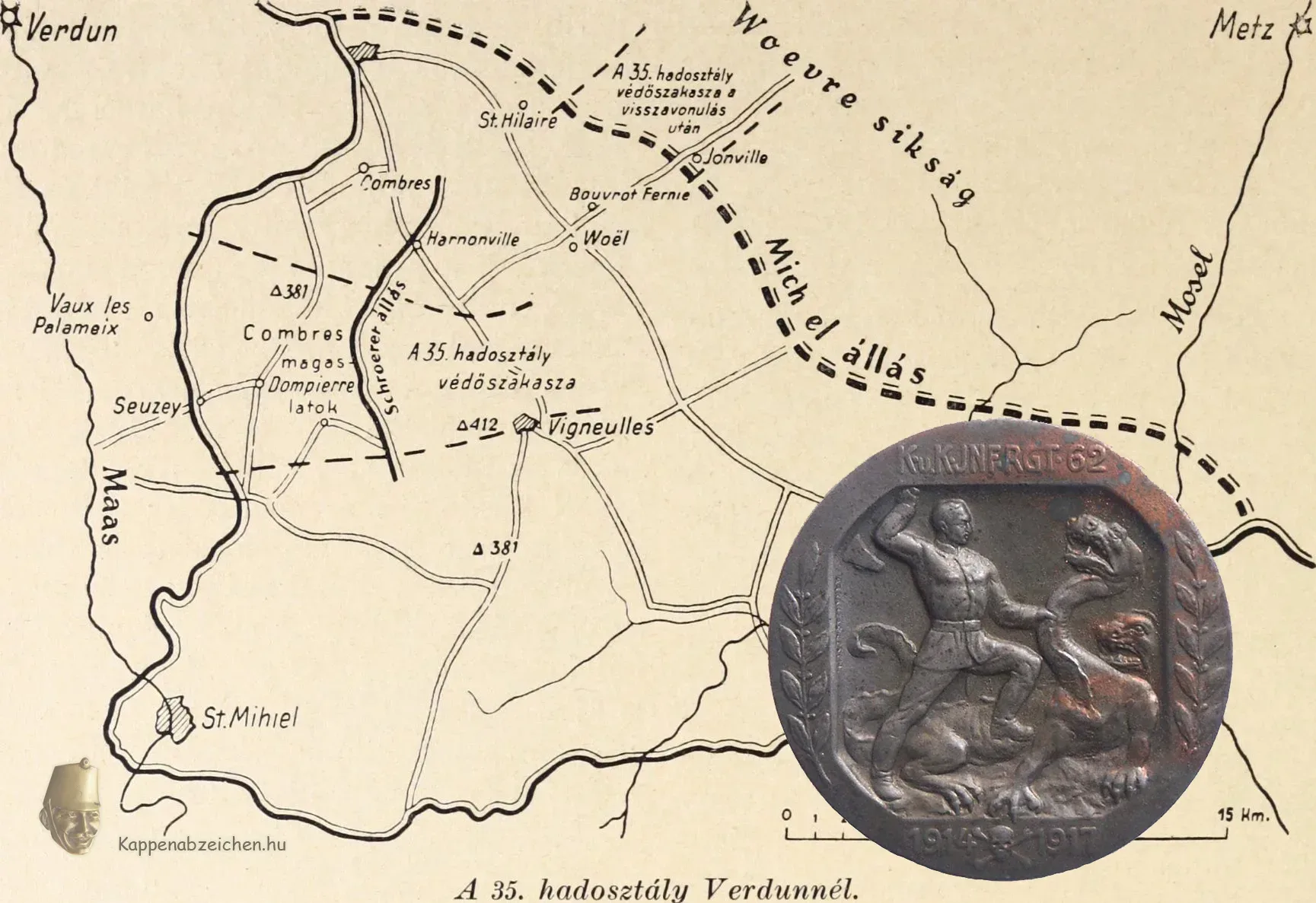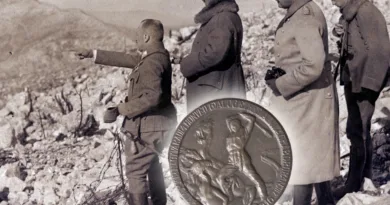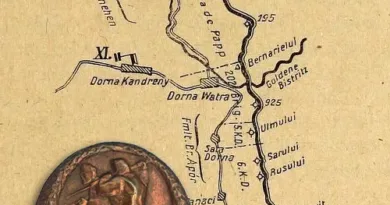St Mihiel
In 1918, the troops of the Monarchy had already defeated most of their opponents. Only on the Italian front did intense fighting take place, and in Albania did enemy troops face each other. The great enemy Russia made peace, as did Romania and Serbia. The German ally had played a large part in the success, and the lessening of burdens encouraged him to ask for help in return. Thus, the Monarchy sent a corps of troops to France in the summer of 1918.

You can read about this event in the commemorative books of the troops involved. But these are quite sketchy and short, since the action was only a matter of a few months. I recently discovered on the Internet some contemporary photos taken on this front of the soldiers of the 35th Division sent there. As you can see, they are standing behind barbed wire, with cheerful American soldiers among them. The picture clearly shows that the division came into combat with attacking American troops.

The attached map section shows the line of positions in the early fall of 1918, when the American attack took place between September 12-15, 1918 in the area of St Mihiel, Alsace. The American troops and the French assigned to them were commanded by American General John J. Pershing. It was the first major offensive operation of the American Expeditionary Force in the Great War. The operation did not meet the usual stiff resistance of the Central Powers. The German and Austro-Hungarian troops were in the process of retreating to fortified positions behind when the attack began, their artillery had already been withdrawn from the area. The American troops were overwhelmingly superior in all respects, despite the fact that several days of rain had rendered most of their tanks (approximately 400 in the area) inoperable.
The American 26th Division attacked in front of the Austro-Hungarian division standing on the western side of the St Mihiel salient. On the first day of the attack, the American troops broke into the front lines in a few places, but the orderly retreat from the first position began already that evening. In the face of the attackers who were already advancing in depth in several places, retreat was possible at the cost of a fight. Meanwhile, the materials of the division had already arrived at the Michel position further east. The next day, September 13, the fighting units also reached this line, where the defense was consolidated.

In American and Allied military history, the battle is recorded as the first battle won by American command. It obviously had an important role in maintaining combat morale, although it was not particularly significant from a military point of view. The success was basically rooted in the extremely large superiority of the attackers, both from a personal and material point of view. The re-ordering of the troops defending the outpost was a settled fact and had already begun. The offensive operation could not prevent the evacuation, although it naturally caused significant losses to the defenders.

I am attaching the insignia of the 62nd Infantry Regiment to the post, as the nice insignia of the 35th Division was already included here. The 62-ers would never have thought that the dragon facing them had a French and an American head as well…




